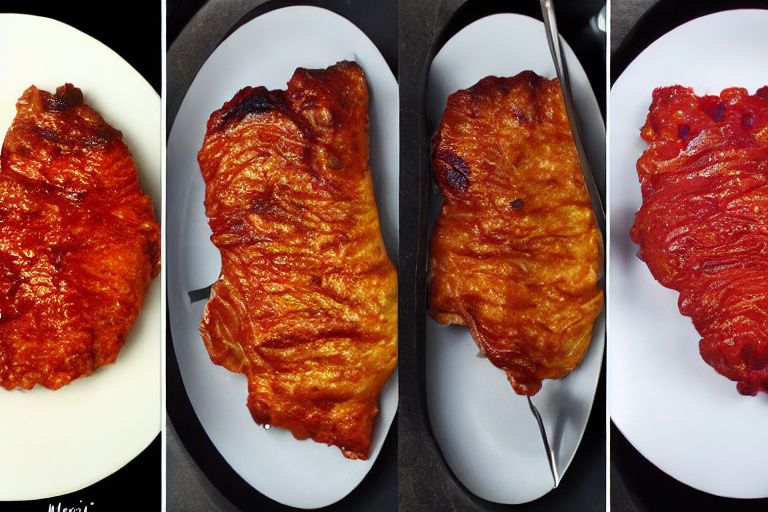5 Cooking Techniques to Improve Your Culinary Skills
Cooking is an art and a science. It takes practice, knowledge and skill to create a delicious and visually appealing meal. Here are five cooking techniques that can help you improve your culinary skills:
1. Searing
Searing involves cooking meat or fish over high heat in a skillet or frying pan for a short amount of time. This technique not only creates a crust on the food, but also seals in the juices, resulting in a more flavorful and moist dish. To sear properly, make sure the pan is hot and dry, and pat the meat or fish dry before placing it in the pan. Don't overcrowd the pan, and let the food cook undisturbed for a few minutes on each side.
2. Braising
Braising involves cooking meat in a liquid over low heat for a long period of time. This technique is perfect for tougher cuts of meat, such as beef brisket, pork shoulder, or lamb shanks. Braising breaks down the muscle fibers and connective tissues, resulting in a tender and juicy meat. To braise correctly, sear the meat first to create a caramelized crust, then add aromatics, such as onions, garlic, and carrots, as well as liquid, such as beef broth, wine, or beer. Cover the pot and let the meat simmer gently for a few hours, until it's fork-tender.
3. Blanching
Blanching involves briefly boiling vegetables or fruits in salted water, then shocking them in ice water to stop the cooking process. This technique helps to brighten the color, preserve the texture, and remove any dirt or impurities from the produce. Blanching is especially useful for preparing vegetables for salads, stir-fries, or freezing. To blanch correctly, bring a large pot of salted water to a boil, add the vegetables or fruits, and cook for a few minutes, depending on the size and thickness. Use a slotted spoon to transfer the produce to a bowl of ice water, then drain and pat dry.
4. Roasting
Roasting involves cooking food, such as meat, poultry, fish, or vegetables, in the oven at a high temperature, usually around 400°F or 200°C. This technique creates a crispy exterior and a tender interior, and enhances the natural flavors of the ingredients. To roast effectively, choose the right cut of meat or type of vegetable, season it with herbs, spices, or marinade, and place it on a roasting pan or baking sheet. Roast for the appropriate amount of time, flipping or stirring occasionally, until the food is browned and cooked through.
5. Emulsifying
Emulsifying involves combining two liquids that don't normally mix, such as oil and vinegar, into a smooth and stable mixture, such as a vinaigrette or a mayonnaise. This technique helps to distribute the flavors and textures evenly, and creates a creamy and tangy dressing or sauce. To emulsify properly, use a whisk, a blender, or a food processor to blend the liquids slowly, while adding other ingredients, such as mustard, honey, lemon juice, or egg yolk, until the mixture thickens and emulsifies.
By mastering these five cooking techniques, you'll be able to elevate your culinary skills and impress your friends and family with delicious and beautiful meals. Practice makes perfect, so don't be afraid to experiment, learn from your mistakes, and have fun in the kitchen!



